Research
Search our website
Search our website by entering a keyword or choose a database above to search specifically.
Search
Showing search results 12,951 - 12,960
14,758 results found

Lips' slotenfabriek. Bieden Zaag- en vijlmachines u geen voordeel voor het maken uwer stempels? No. S 1088

O. Wolff. Fourrures O. Wolff

Délégation des producteurs de Nitrate de Soude du Chili. Hoeveel? Wanneer? Hoe?

Produits chimiques de Tessenderloo. Produits chimiques du Limbourg. Landbouwers! Wacht niet langer op de beloofde invoerrechten op landbouwproducten maar ...

Délégation des producteurs de Nitrate de Soude du Chili pour la Belgique et la Hollande. Sodanitraat, 15 1/2 per honderd stikstof

Produits chimiques de Tessenderloo. Produits chimiques du Limbourg. Landbouwkundige dienst Fertiphos. Zo de bemesting! Zo de oogst!...

Délégation des producteurs de Nitrate de Soude du Chili. Détermination de l'acidité des terres par la méthode Comber

P. Gillain. Melkerijwerktuigen, landbouwwerktuigen

L. Bernard. Société anonyme Produits Chimiques & Engrais. Cultivateurs! ...

Cruls frères. N° 6. Tarif des balcons. Les fontes d'art = Prijzen der balkons. Kunstgeut








